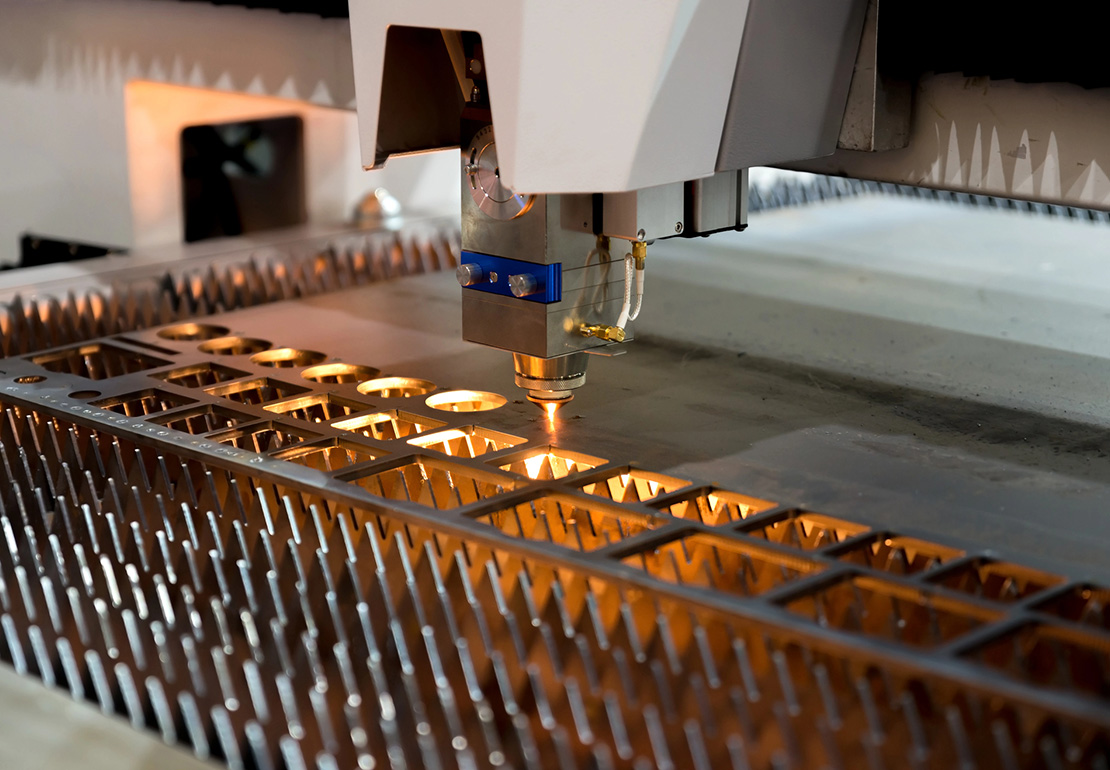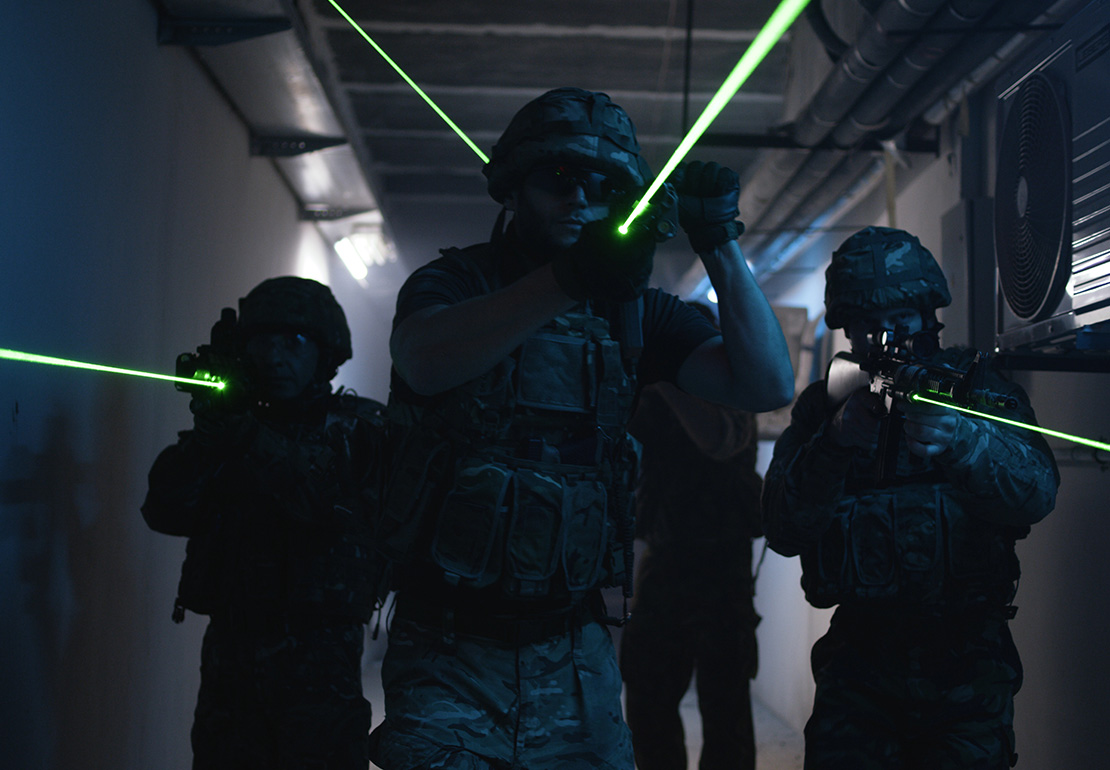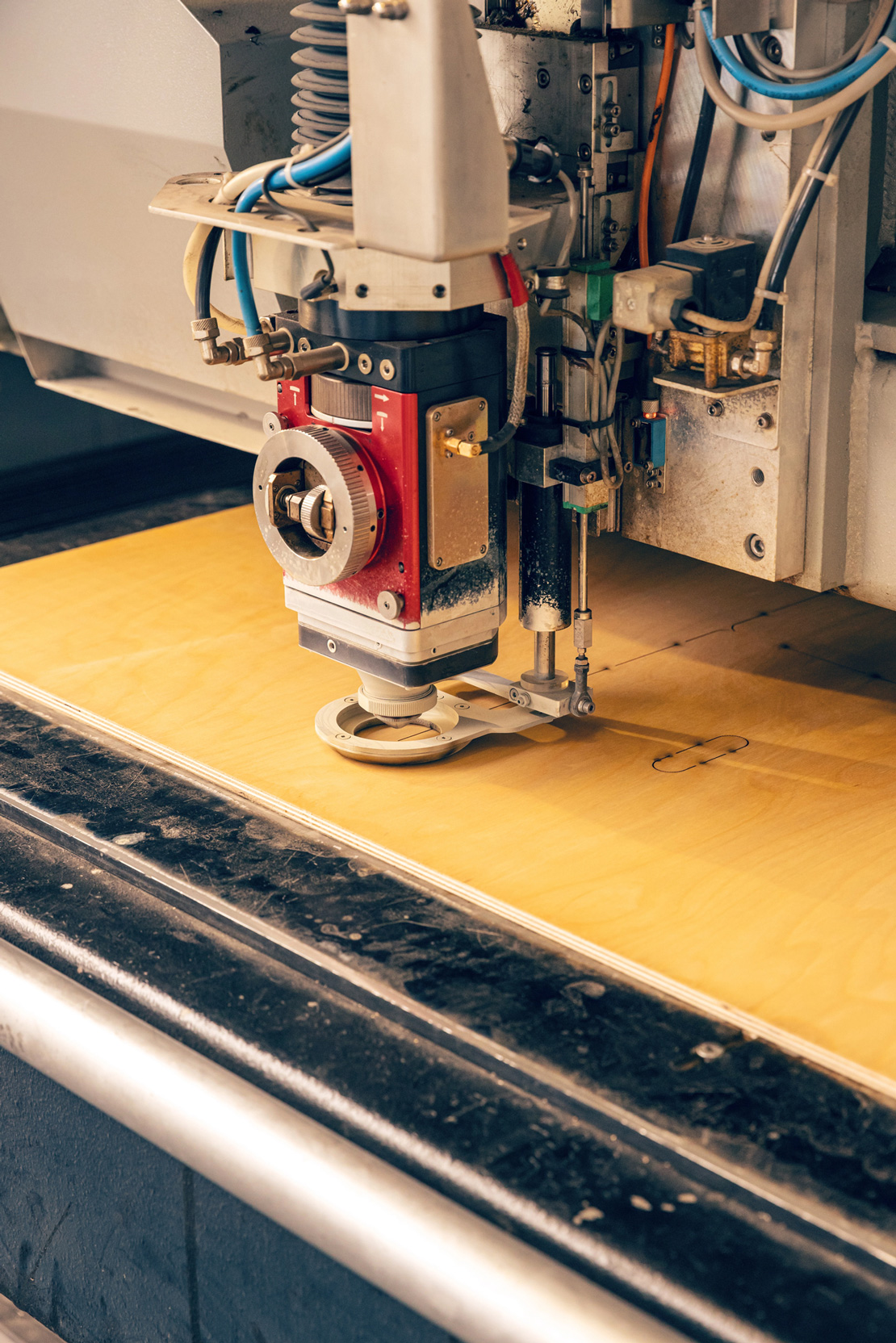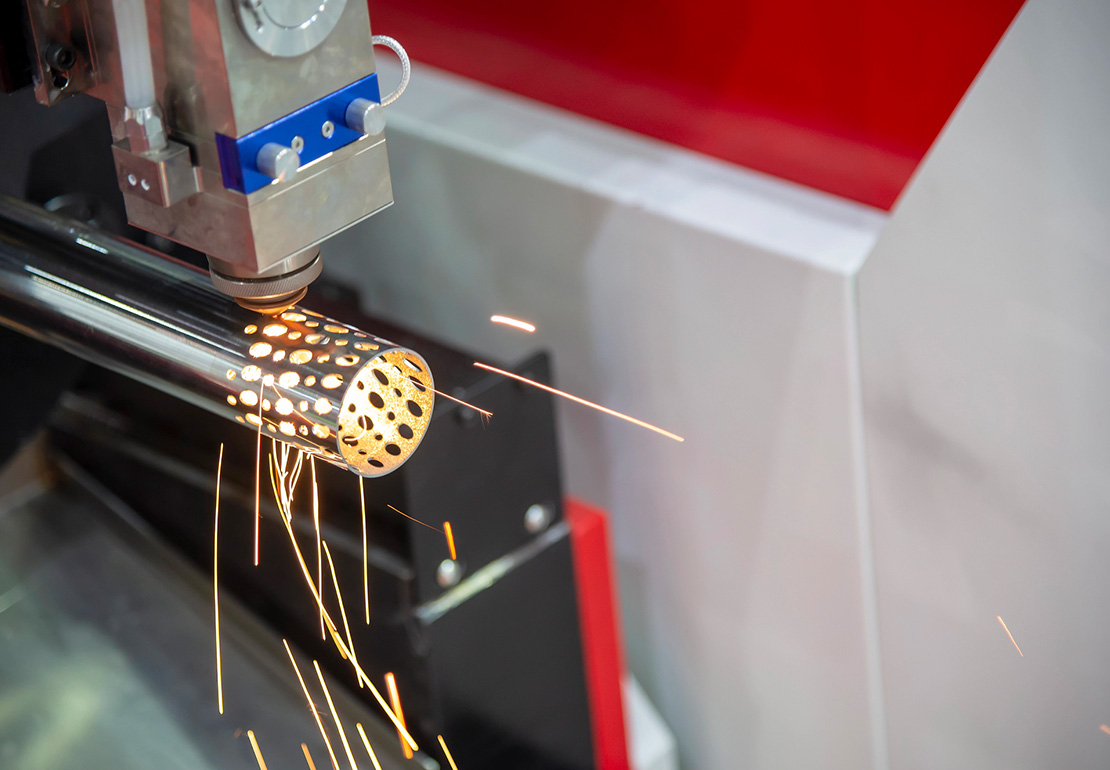Custom Optical Shutters For Industrial Applications

Modern laser systems operate under demanding conditions. From semiconductor manufacturing to life sciences, optical control must meet strict speed, accuracy, and durability standards. That is where a custom optical shutter for industrial use becomes fundamental.
Each application comes with different exposure levels, beam shapes, and duty cycles. Off-the-shelf shutters may not align with those needs. A custom-built solution matches your system’s parameters, down to the smallest motion detail, improving both control and system life.
What Makes an Optical Shutter “Custom”?
A custom optical shutter is not just a different size or mount. It reflects the exact physical, electrical, and thermal requirements of the laser system. Standard shutters follow fixed performance limits. A custom solution focuses on what the system actually demands.
The design may involve selecting blade materials that handle higher fluence. It may adjust travel distance to fit tight optical paths. Some shutters use special coatings or aperture shapes. Others integrate thermal protection or feedback sensors to match specific timing cycles. Engineers may tune the actuator’s mechanical behavior to match pulse sequences in a high-power laser system.
Custom shutters do more than open and close. They become part of the laser system’s control architecture.
When Off-the-Shelf Shutters Fall Short
General-purpose shutters often introduce delays, misalignment, or wear that compromises results. If your system uses ultrafast pulses or continuous exposure to high power levels, those limits become serious risks. Generic hardware may not react fast enough. The materials may degrade or deform. Internal friction can reduce shutter lifetime.
In many industrial settings, lasers operate in tough environments. Vibration, heat, or contamination can affect accuracy. That makes it harder for standard shutters to maintain clean beam transmission.
A custom optical shutter can solve these problems by refining mechanical response, optical blocking, and environmental shielding.
Why Speed and Repeatability Matter
In high-repetition-rate applications, shutter timing must follow a narrow window. Even a small delay can interfere with beam shaping or damage the substrate. A well-built custom shutter opens within milliseconds, often faster, and does so consistently across thousands of cycles.
Repeatable performance protects downstream optics and limits variation in exposure. In research and production settings, that stability leads to better yield or stronger data integrity.
Fast and repeatable shutters also make automation easier. Sensors and drivers can sync shutter movements with other system actions, boosting productivity and safety.
Laser Shutters Built for Your Application
Different laser applications bring different constraints. In semiconductor lithography, exposure timing controls key feature sizes. In lidar, shutters manage signal strength to prevent sensor burnout. In biomedical optics, shutters must protect samples or eyes from unexpected beam flashes.
A custom optical shutter addresses these use cases by aligning with the real needs of the system. The beam’s wavelength, diameter, and shape all influence shutter design. So do environmental factors like humidity, vibration, or access to compressed air.
For example, an OEM system running inside an automated tool might need compact shutters that draw minimal current. A field-deployed sensing platform may need shutters with sealed enclosures and rugged cabling. These features rarely come standard.
To explore what is available, check out the laser shutters and optical beam shutters currently in production.
The Role of Shutter Drivers
Shutters do not act alone. Their performance depends heavily on the driver that controls the actuator. A good shutter driver regulates voltage and current while matching the mechanical design’s timing profile.
In custom setups, the driver may support features like hold-open delay, interlock integration, or remote triggering. Some shutter systems include feedback loops for open/close position monitoring. Others support TTL input or analog modulation.
Visit the custom optical shutter page to see how drivers and mechanics work together in engineered solutions.
Actuator Choices
Some systems benefit from flexure-based actuators. These avoid sliding parts, which reduces wear and improves reliability. Others may use voice coil or solenoid actuators to handle higher speeds or forces. Some even blend features, like damped springs, return to balance speed and stability.
Choosing the right actuator depends on mass, inertia, acceleration, and the kind of motion required. It all comes down to physics and how finely tuned your system needs to be.
The actuator, blade, housing, and connector design all interact. A custom shutter balances those components to fit seamlessly within your application.
Let NM Laser Products, Inc. Build the Right Fit
At NM Laser, we understand what it takes to deliver a custom optical shutter for industrial use. With over three decades of engineering experience, our team designs systems that match your specs, not general guidelines.
Our shutters perform where others wear out. If your system calls for speed, precision, and reliability. We are ready to work with you and build the exact shutter you need.
Let us help you put control where it belongs: in your hands.


